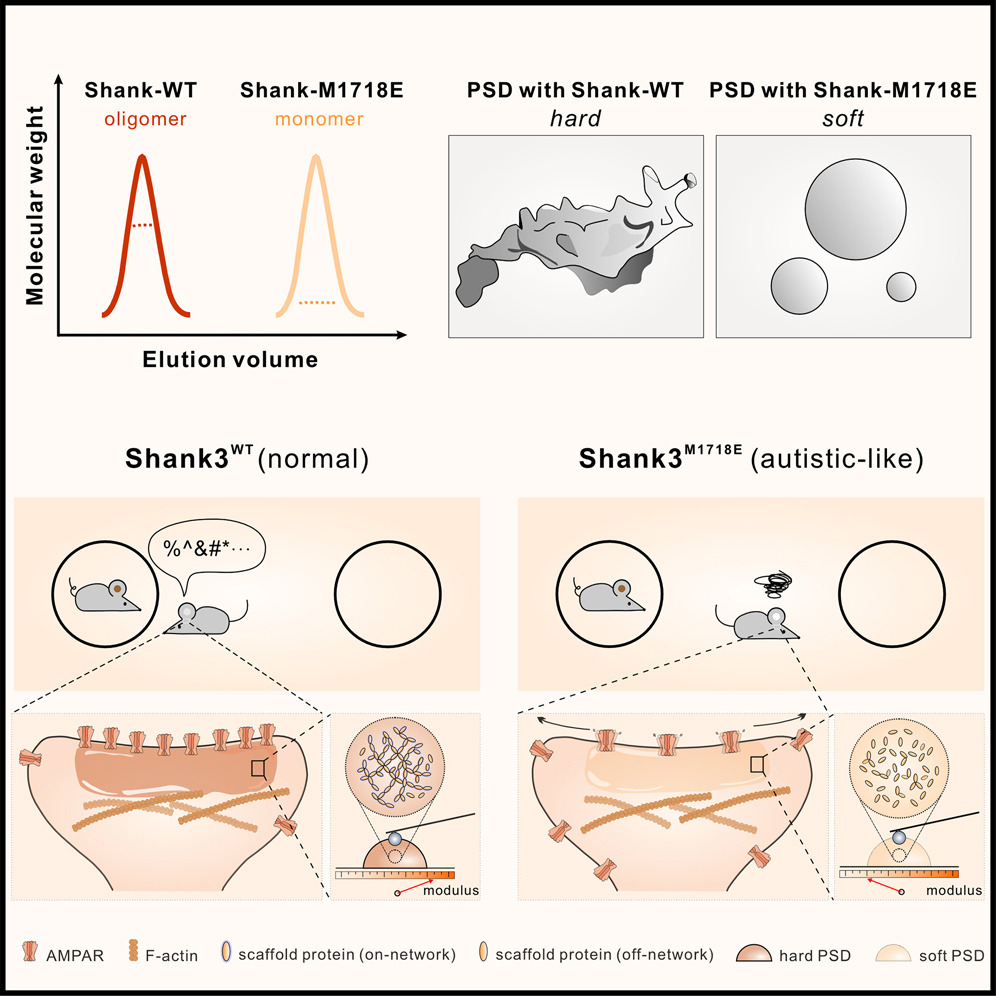Structural basis for the high-affinity interaction between CASK and Mint1
2020.06.02Wu, X., Cai, Q., Chen, Y., Zhu, S., Mi, J., Wang, J., & Zhang, M. (2020). Structure, 28(6), 664-673.
CASK forms an evolutionarily conserved tripartite complex with Mint1 and Veli critical for neuronal synaptic transmission and cell polarity. The CASK CaM kinase (CaMK) domain, in addition to interacting with Mint1, can also bind to many different target proteins, although the mechanism governing CASK-CaMK/target interaction selectivity is unclear. Here, we demonstrate that an extended sequence in the N-terminal unstructured region of Mint1 binds to CASK-CaMK with a dissociation constant of ∼7.5 nM. The high-resolution crystal structure of CASK-CaMK in complex with this Mint1 fragment reveals that the C-lobe of CASK-CaMK binds to a short sequence common to known CaMK targets and the N-lobe of CaMK engages an α helix that is unique to Mint1. Biochemical experiments together with structural analysis reveal that the CASK and Mint1 interaction is not regulated by Ca2+/CaM. The CASK/Mint1 complex structure provides mechanistic explanations for several CASK mutations identified in patients with brain disorders and cancers.
- Recommend
-
2025-10-22
IQSEC2/BRAG1 may modulate postsynaptic density assembly through Ca2+-induced phase separation.
-
2025-08-22

Shank3 oligomerization governs material properties of the postsynaptic density condensate and synaptic plasticity.
-
2025-08-21
Modulating synaptic glutamate receptors by targeting network nodes of the postsynaptic density condensate.
-
2025-08-19
Current practices in the study of biomolecular condensates: a community comment.
-
2025-06-10
Phase separation instead of binding strength determines target specificities of MAGUKs.

